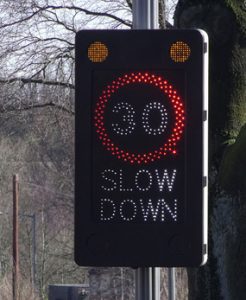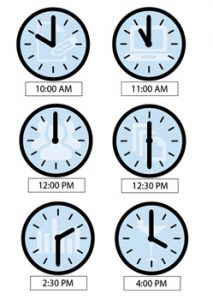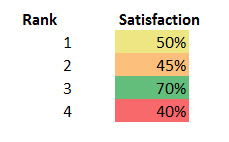Topics
Topics

How Confident Do You Need to be in Your Research?
Every estimate we make from a sample of customer data contains error. Confidence intervals tell us how much faith we can have in our estimates. Confidence intervals quantify the most likely range for the unknown value we’re estimating. For example, if we observe 27 out of 30 users (90%) completing a task, we can be

The Top 10 UX Articles of 2014
It was another busy year on MeasuringU.com. In 2014, our articles were served up 2.5 million times to 988,000 visitors. Thank You! A lot of effort goes into researching and writing the articles we publish. We get a lot of our ideas with working directly on the problems we write about and feedback from readers.

How Speeders Affect Online Research
Speeders are survey participants who finish too quickly, even impossibly quickly. How much do they affect the quality of online research? This question has increasing relevance as online research proliferates, including unmoderated usability studies, since an increasing amount of data comes from paid panel participants. With in-person studies, we see each participant’s engagement level. With

How to Measure Customer Loyalty
Customer loyalty is often a better predictor of future company growth than customer satisfaction alone. While customer satisfaction is an important measure of customers’ expectation, customers can be satisfied but not loyal. To measure customer loyalty, you need to use a mix of behavioral and attitudinal metrics. Here’s a synopsis of this mix of metrics

A 6-Hour Usability Test in an Agile Environment
In the fast-paced world of Agile development, where it’s difficult to find time to get data from users, unmoderated remote testing gives us a way to quickly collect feedback on interface design. For example, I recently worked with a web-app product team to determine whether users find their new file manager easier to use than

5-Steps for Getting Started Measuring the Customer Experience
Most companies have more bug lists and requests for product features than they can realistically address. In an earlier post, I present ways to help you prioritize those features; now let’s figure out where to start. This post describes an approach that works in many situations, beginning with a survey of your customers or prospects,

User Experience Salaries & Calculator (2014)
The results of the 2014 UXPA salary survey are in. This is the 4th UXPA survey I’ve crunched the numbers for and this year was just as interesting and showed similar patterns as 2011. The Results The survey is based on 1,235 responses from 50 countries, with 66% of the responses coming from the US.
Assessing the Validity of Your Research
You often hear that research results are not “valid” or “reliable.” Like many scientific terms that have made it into our vernacular, these terms are often used interchangeably. In fact, validity and reliability have different meanings with different implications for researchers. Validity refers to how well the results of a study measure what they are

Making Better Design Decisions with Data: 5 Examples
For some, the idea of involving users in design decisions conjures up images of interfaces being designed by focus groups. Steve Jobs is famous for saying that users don’t know what they want. And Henry Ford famously said, “If I had asked people what they wanted, they would have said faster horses.” Jobs and Ford

What Does Statistically Significant Mean?
Statistically significant. It’s a phrase that’s packed with both meaning, and syllables. It’s hard to say and harder to understand. Yet it’s one of the most common phrases heard when dealing with quantitative methods. While the phrase statistically significant represents the result of a rational exercise with numbers, it has a way of evoking as

Software Usability & Net Promoter Benchmarks for 2014
Many factors, including features and price, influence whether customers recommend software products. But usability consistently tops the list of key drivers of customer loyalty. Typically, usability accounts for between 30% and 60% of the “why” when customers do or don’t recommend products. A positive experience leads more customers to recommend a product. A negative experience,

How Can You Measure UX without Observing Users?
The user puts the u in UX. What defines UX in general and usability in particular, is the observation of people interacting with products–software, hardware, and websites. For decades, UX professionals have worked to convince executives and product managers of the importance of involving users in the design and evaluation of product experiences. We stress